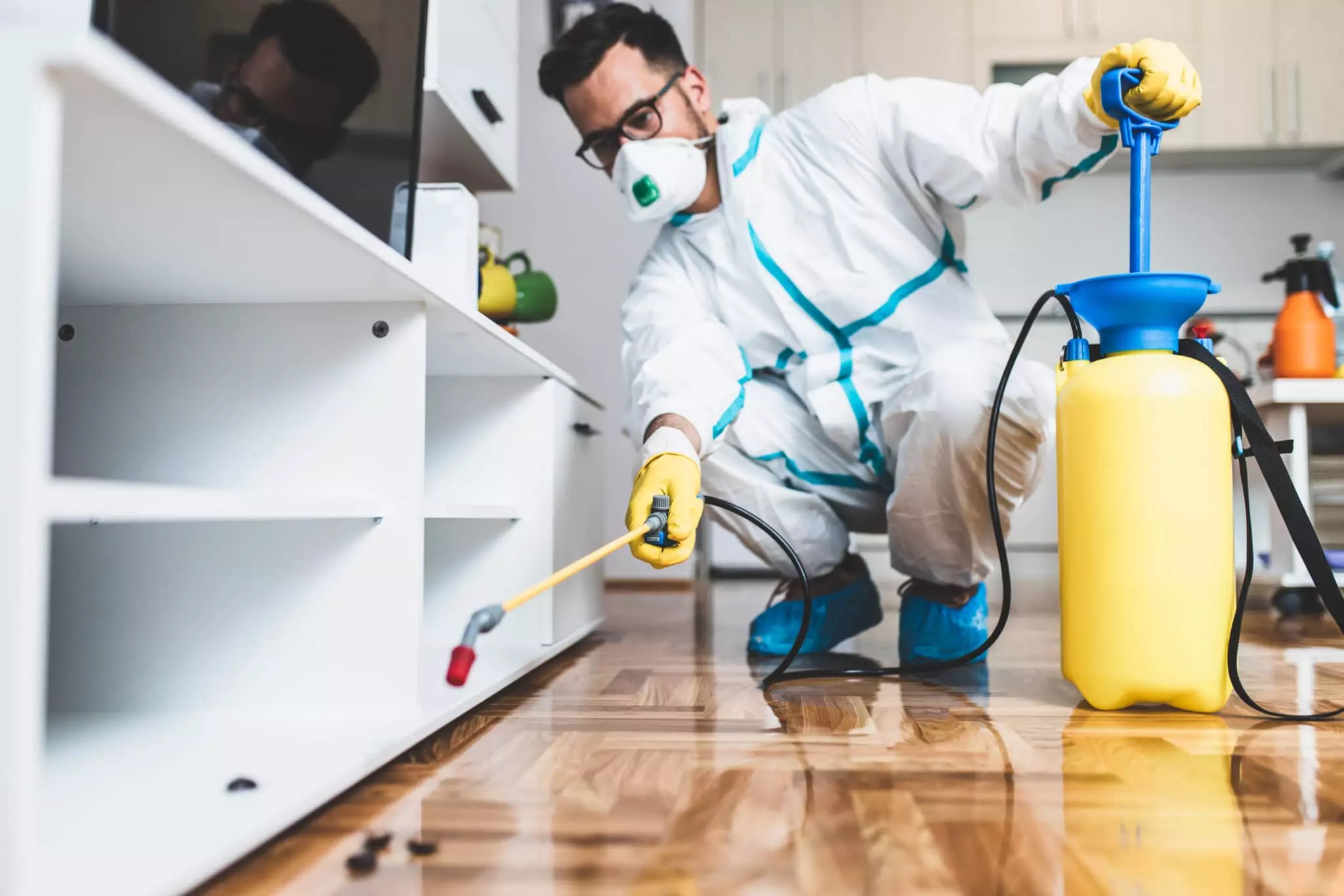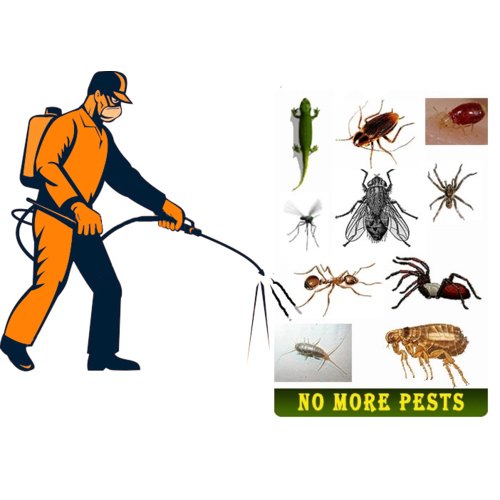Professional Solutions for Pest Problems from Pest Control Lockhart
Professional Solutions for Pest Problems from Pest Control Lockhart
Blog Article
Checking Out Infestation and Treatment Approaches in the World of Bug Control
The landscape of pest control encompasses a myriad of challenges, particularly as invasions of typical house parasites continue to evolve. By incorporating precautionary measures with sophisticated management methods, such as Integrated Pest Management (IPM), homeowners can better protect their atmospheres.

Typical Home Pests
When it involves handling our home, understanding common home insects is important. These pests not just disrupt our convenience however can also position wellness threats and damage home. The most prevalent household parasites include ants, cockroaches, rodents, termites, and bed bugs.
Ants, frequently seen foraging in kitchens, can infect food and develop large swarms. Cockroaches, recognized for their strength, can cause allergic reactions and spread pathogens. Rats, including computer mice and rats, can create structural damages and carry illness like hantavirus and salmonella. Termites, often referred to as "silent destroyers," can jeopardize the honesty of wooden structures, causing pricey repair work. Bed insects, although not condition carriers, can trigger substantial pain via their bites and bring about mental distress.
Acknowledging the indications of these insects, such as droppings, nests, or attack marks, is essential for very early intervention (Pest Control Lockhart). Correct hygiene methods, sealing entry factors, and keeping a clutter-free atmosphere work preventative steps. By determining these common household pests and recognizing their actions, homeowners can take aggressive steps to alleviate problems, making certain a much healthier living environment
Understanding Pest Infestations
Pest problems can intensify rapidly, turning a minor inconvenience into a significant problem if not dealt with immediately. Typical elements adding to invasions consist of poor hygiene, structural vulnerabilities, and seasonal changes that drive parasites indoors.
Identifying the type of pest is essential, as various varieties exhibit diverse actions and reproductive prices. As an example, rodents may develop nests in hidden areas while bugs like cockroaches flourish in damp atmospheres. Early discovery usually hinges on identifying indicators such as droppings, nibble marks, or uncommon noises, which can indicate a problem before it comes to be severe.
Environmental conditions additionally play an important duty in pest proliferation. Cozy, humid climates can help with the quick development of insect populations, while changes in landscaping or building can inadvertently develop conducive settings. Therefore, normal evaluations and preventative steps are paramount to minimizing the danger of problems. An informed technique to understanding these dynamics lays the foundation for effective bug management approaches in the future.
Treatment Approaches and Methods
Efficient treatment approaches and techniques are necessary for mitigating pest invasions and restoring a secure setting. A multifaceted method is usually best, including chemical, organic, and mechanical approaches customized to the specific insect and the intensity of the problem.
Chemical therapies include the use of pesticides and herbicides, which can effectively get rid of bugs. Correct application and adherence to safety standards are vital to reduce threats to people and non-target microorganisms. Integrated Pest Monitoring (IPM) encourages the cautious use chemicals as a last resource, depending rather on surveillance and threshold levels to determine intervention requirements.
Organic control techniques include presenting natural predators or bloodsuckers to lower bug check this populations. This technique is significantly prominent, especially in agricultural setups, as it promotes ecological sustainability.
Mechanical approaches, such as catches and obstacles, supply prompt remedy for parasites without presenting chemicals. Options consist of sticky catches for bugs or physical obstacles for rodents.
Ultimately, the selection of treatment technique should take into consideration the certain bug, the environment, and prospective effect on human health and communities. A well balanced combination of these strategies can effectively handle problems while promoting long-lasting bug control options.
Preventative Procedures for Homes
Proactively resolving bug issues before they intensify is vital for maintaining a healthy home atmosphere (Pest Control Lockhart). Carrying out effective precautionary procedures can substantially minimize the chance of invasions, eventually safeguarding both your building and well-being

Appropriate landscaping likewise plays an important function in avoidance. Maintaining shrubs and trees cut away from your home reduces the possibilities of parasites discovering their way inside your home. Make certain that water drainage systems are working effectively to protect go to this website against standing water, which can draw in insects and other insects.
Finally, regular assessments are recommended. Regularly examining for indicators of pest activity enables early intervention. By embracing these preventive procedures, homeowners can produce an atmosphere that is less welcoming to bugs, consequently improving their overall quality of life and lowering the demand for comprehensive parasite control interventions.
Business Parasite Control Approaches
An extensive approach to industrial bug control is important for organizations intending to maintain a risk-free and sanitary atmosphere. Reliable techniques involve a mix of normal assessments, worker training, and the application of Integrated Bug Monitoring (IPM) practices.
Normal evaluations allow very early detection of insect activity, permitting prompt intervention. Companies ought to create a regular schedule for these assessments, concentrating on high-risk areas such as kitchens, storage space areas, and garbage disposal sites. Staff member training is equally vital; staff must be informed on the indications of bug problems and the relevance of reporting them instantly.
Implementing IPM techniques helps reduce parasite concerns sustainably. This consists of habitat adjustment, such as sealing access factors and minimizing mess, in addition to utilizing natural deterrents before turning to chemical treatments.

Furthermore, teaming up with a certified bug control service provider ensures accessibility to professional knowledge and advanced treatment options. This collaboration can bring about customized insect control plans tailored to the certain needs of business, lessening risks and improving total efficiency. Eventually, a proactive and educated strategy cultivates a pest-free environment, protecting both public health and company online reputation.
Verdict
Finally, reliable pest control demands a comprehensive understanding of common family bugs and their behaviors, coupled with targeted therapy approaches. Executing safety nets along with therapy approaches such as Integrated Pest Monitoring and biological control improves the capacity to reduce infestations. Routine inspections and a mix of chemical and mechanical services further add to preserving pest-free settings. Eventually, a well-rounded strategy navigate here to pest administration is necessary for guarding living areas from undesirable burglars.
Report this page